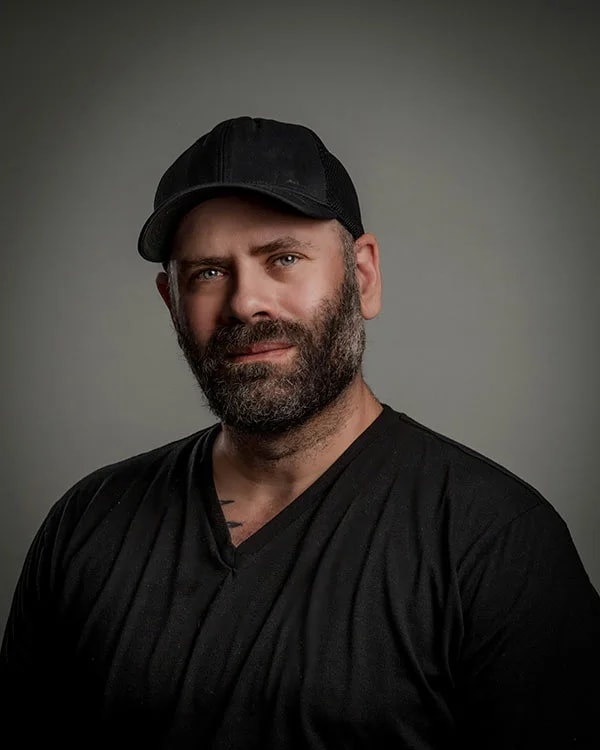The Show Must Go On Forever
Schieffelin Hall stands as the largest adobe structure in the Southwest United States, a testament to Tombstone's cultural ambitions during its silver boom. Built by Al Schieffelin (brother of Tombstone's founder Ed Schieffelin) in 1881, this grand hall hosted everything from Shakespeare to vaudeville, from political rallies to masquerade balls. But the performances never truly ended. The spirits of actors, musicians, and audience members remain, creating an eternal theater where every night is opening night and the applause never fades. Schieffelin Hall isn't just haunted - it's a functioning ghost theater where the dead perform for the dead, occasionally allowing the living to witness their spectral shows.
Culture Amidst Chaos
The Cultural Oasis
While Tombstone's streets ran with blood, Schieffelin Hall offered refined entertainment. The contrast between the violence outside and the culture within created a unique psychic environment. Patrons would check their guns at the door, watch Hamlet, then retrieve their weapons to face the lawless streets. This juxtaposition of civilization and savagery left an indelible spiritual mark.
Famous Performances
The hall hosted legendary performers including Josephine Marcus (Wyatt Earp's future wife), who performed in traveling theater companies. Eddie Foy, who would survive the Iroquois Theatre fire, played here. These performers poured their souls into their art, and some portions remained, creating a reservoir of creative energy that manifests as ghostly performances.
The Decline and Persistence
When Tombstone's silver mines flooded in 1886, the hall's golden age ended. It served various purposes - lodge hall, movie theater, municipal building - but the ghosts of its theatrical heyday never adapted. They continue performing plays from the 1880s, unaware that their audience has been dead for over a century.
The Eternal Company
The Leading Lady
A beautiful actress in a green velvet gown haunts the stage, performing soliloquies from plays lost to time. Identified as Helena Mansfield, who died of tuberculosis in 1883, she appears most clearly under stage lights, though the building's lights are off. Her voice, trained in projection before microphones, can be heard throughout the building reciting Shakespeare and Wilde.
The Pianist
An elderly black man in formal attire plays the phantom piano that once stood stage left. The piano was removed decades ago, but his music continues - ragtime, classical pieces, and accompaniment for singers only he can see. The music is so clear that visitors often ask where the speakers are hidden.
The Audience
The most unsettling phenomena is the phantom audience. Witnesses report seeing the hall filled with transparent figures in 1880s attire, watching empty stages, applauding at nothing, laughing at jokes no one told. These spectral spectators seem unaware of living visitors, treating them as fellow ghosts or simply looking through them.
The Stage Manager
William 'Billy' Norton, the hall's first stage manager, still runs the show. His ghost appears backstage, checking ropes, adjusting lights that no longer exist, and calling cues to actors who died over a century ago. He's been known to physically push modern performers to their 'marks' during community theater productions.
Perpetual Performance
The Phantom Shows
Complete performances manifest without warning. Visitors report watching entire acts of plays, seeing transparent actors in full costume delivering lines with perfect clarity. These shows seem to run on a schedule known only to the dead - 8 PM Saturday nights see the most activity, the traditional showtime from the 1880s.
The Interactive Theater
Unlike passive hauntings, Schieffelin Hall's ghosts sometimes interact with the living. Modern actors rehearsing report phantom cast members joining their productions, offering direction, or correcting their period pronunciation. Some claim the ghost actors are better than the living ones.
The Time Slip Performances
Occasionally, visitors experience complete temporal displacement, finding themselves in a packed 1880s performance. They see solid actors, smell oil lamps and perfume, hear complete orchestras. These experiences last minutes to hours, with witnesses returning to the present disoriented but with vivid memories of plays that no longer exist.
Your Ticket to the Past
Schieffelin Hall operates as a museum and community center, hosting both historical exhibits and modern performances. The management embraces the hauntings, scheduling ghost tours and paranormal investigations around community events. They've learned that the ghosts are most cooperative when the hall is used for its intended purpose - entertainment. Modern performances often feature uninvited ghost actors. Community theater groups report phantom voices joining choruses, invisible stagehands adjusting props, and ghostly audiences applauding in empty seats. Rather than fear these intrusions, local performers consider them good luck. Whether you attend a modern show or explore during ghost tours, Schieffelin Hall offers a unique paranormal experience - cultured ghosts performing eternal art. The spirits here aren't seeking vengeance or resolution; they're artists who loved their craft too much to let death end their careers. In Schieffelin Hall, every performance is both premiere and finale, every night is both opening and closing, and the show, quite literally, goes on forever.

